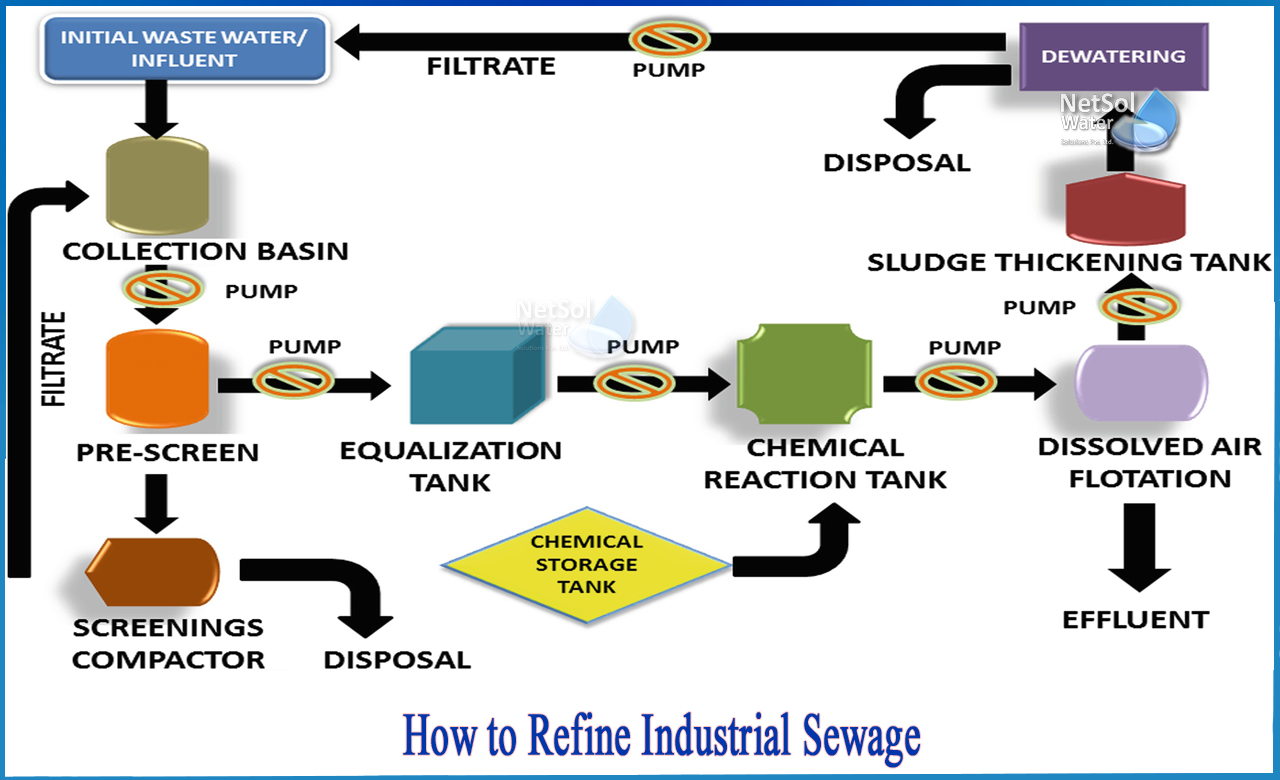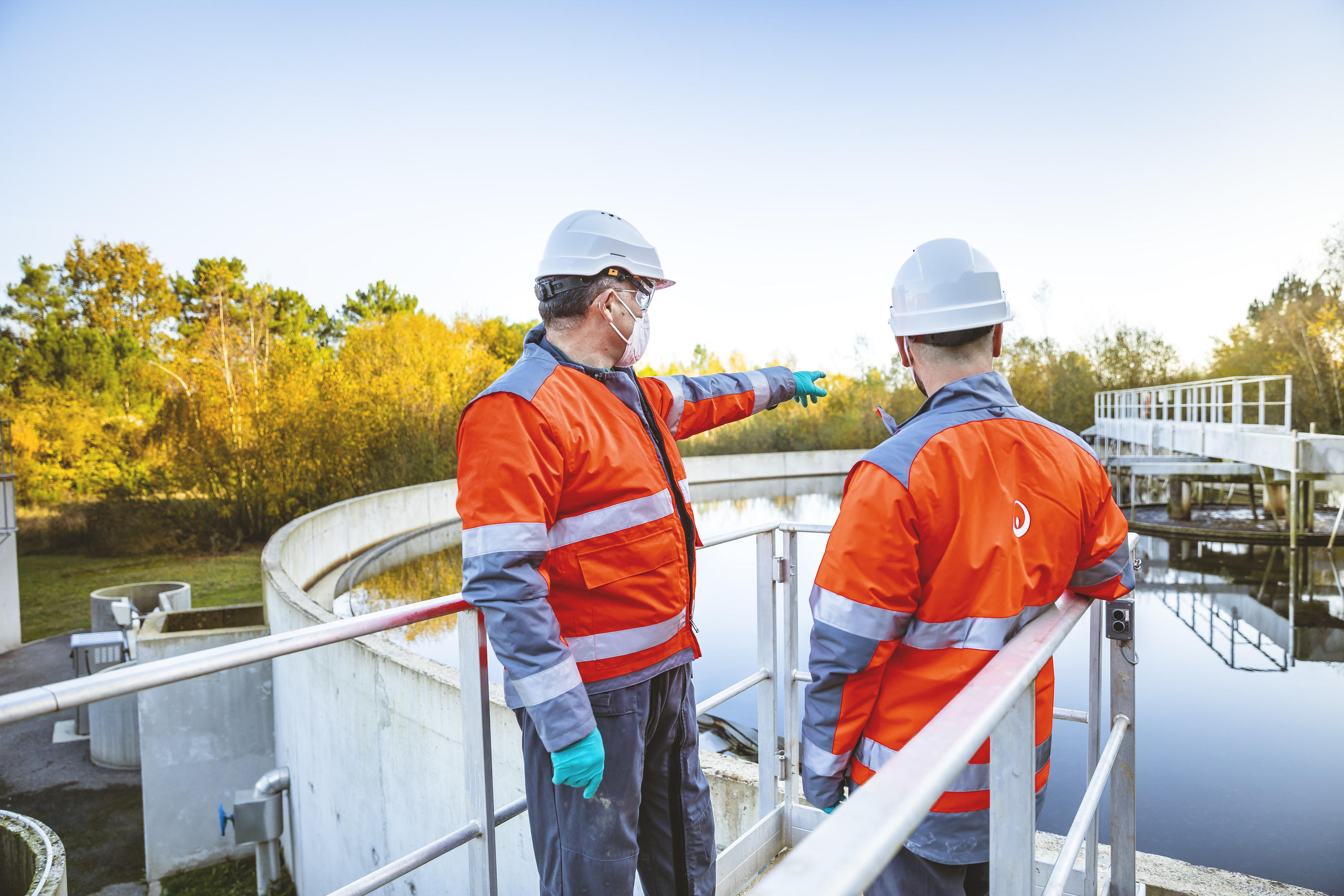Developments and Advances in Hazardous Waste Water Treatment Technologies
The landscape of industrial wastewater therapy is going through a transformative change, driven by advancements that boost both performance and sustainability. As governing criteria advance, the integration of AI and machine learning into wastewater management systems promises to ensure and streamline operations conformity.
Review of Drainage Therapy Technologies
Wastewater therapy innovations include a range of methods designed to get rid of impurities from industrial effluents prior to their release into the setting. These modern technologies are critical for keeping environmental balance and making sure compliance with ecological laws. The main categories of wastewater therapy consist of physical, chemical, and biological approaches, each offering distinct objectives based upon the nature of the contaminants existing.

Biological treatment techniques use microorganisms to deteriorate raw material, making them specifically effective for organic-rich effluents. Methods like triggered sludge and biofilm activators harness the all-natural destruction capabilities of bacteria, causing substantial decreases in biochemical oxygen need (FIGURE)
Advanced Filtration Techniques
Advanced filtering methods represent an important evolution in the realm of industrial wastewater treatment, enhancing the efficiency of contaminant removal processes. Industrial Waste Water Treatment. These methods encompass a variety of innovations, consisting of microfiltration, ultrafiltration, nanofiltration, and turn around osmosis, which give consecutive obstacles for different bit sizes and chemical structures
Microfiltration and ultrafiltration utilize membrane systems to remove put on hold solids, microorganisms, and bigger natural particles, enhancing the quality of effluent before further treatment. Nanofiltration links the void in between ultrafiltration and turn around osmosis, efficiently eliminating natural substances and divalent ions, therefore lowering the load on downstream processes.
Reverse osmosis uses the highest possible degree of filtration by allowing only water and little particles to go through its semi-permeable membranes, making it optimal for reclaiming top quality water from industrial effluents. Current developments in membrane modern technology, consisting of the development of more fouling-resistant and long lasting materials, have actually substantially improved functional effectiveness and reduced prices.
Incorporating these innovative filtering techniques not just enhances the general treatment procedure but additionally adds to sustainability initiatives by enabling water reuse and source recovery in commercial settings. (Industrial Waste Water Treatment)
Organic Therapy Advancements

Moreover, the advancement of crafted organic systems, such as membrane bioreactors (MBRs), incorporates biological therapy with sophisticated membrane purification. This combination enables greater effluent quality and lowered footprint, making it suitable for space-constrained commercial facilities. Developments in genetically engineered microbes have additionally emerged, boosting the biodegradation of certain contaminants, such as drugs and hefty metals, that are traditionally challenging to get rid of.
Furthermore, the execution of bioaugmentation methods, where beneficial germs are introduced to improve the existing biological therapy procedures, has revealed promising cause boosting treatment performance. These technologies collectively symbolize a trend towards even more effective and lasting biological treatment methods that can adjust to the evolving intricacies of commercial wastewater streams. As industries remain to focus on ecological compliance, these biological advancements will play a critical role in wastewater administration.

Source Healing Methods
In commercial settings, the assimilation of resource recovery techniques has come to be progressively vital for boosting sustainability and reducing waste. These approaches concentrate on extracting useful materials and power from wastewater streams, thereby changing potential contaminants into recyclable resources.
One famous approach is nutrition recovery, where nitrogen and phosphorus, commonly present in excess in wastewater, are recorded and converted right into fertilizers. This not only lowers environmental effects yet likewise gives a circular economic climate solution for agricultural applications. In addition, technologies such as anaerobic digestion enable for the conversion of organic waste right into biogas, a sustainable power source that can counter nonrenewable fuel source usage in industrial operations.
In addition, advanced filtering and membrane layer technologies help with the healing of commercial byproducts such as salts and metals. These recuperated products can be rehabilitated right into production processes, decreasing the requirement for virgin sources.
Future Fads in Drainage Management
As industries progressively prioritize sustainability, the future of wastewater administration is readied to undertake substantial transformations. Technological developments, such as expert system and artificial intelligence, will certainly make it possible for more efficient monitoring and management of wastewater systems. These technologies can predict maintenance needs, optimize therapy procedures, and boost decision-making, inevitably lowering click for source functional expenses and environmental impact.
Furthermore, the integration of circular economy concepts will certainly play a vital function in wastewater administration. Industries are expected to shift in the direction of systems that not just treat wastewater but also recoup valuable sources, such as nutrients, water, and energy. This transition will certainly lessen waste and promote the reuse explanation of materials, straightening with international sustainability goals.
Emerging therapy methods, such as membrane bioreactors and progressed oxidation processes, will further boost the efficiency of wastewater treatment, permitting better effluents ideal for reuse. Furthermore, regulatory structures are likely to advance, highlighting stricter criteria for wastewater discharge and encouraging sectors to embrace innovative therapy services.
Verdict
In verdict, the evolution of industrial wastewater treatment innovations shows a significant shift towards improved performance and sustainability (Industrial Waste Water Treatment). Innovations in advanced filtering methods, organic therapies, and source recovery methods highlight the industry's commitment to environmental stewardship.
The landscape of industrial wastewater treatment is going through a transformative change, driven by advancements that boost both performance and sustainability.Wastewater therapy modern technologies encompass a range of methods developed to eliminate pollutants from industrial effluents before their release into the environment.Harnessing the power of biological processes has actually led to substantial innovations in the therapy of commercial wastewater.In addition, the execution of bioaugmentation approaches, where valuable germs are presented to improve the existing biological treatment processes, has actually revealed appealing results in improving treatment efficiency. These advancements collectively represent a trend in the direction of even more efficient and lasting biological treatment techniques that can adjust to the progressing complexities of commercial wastewater streams.